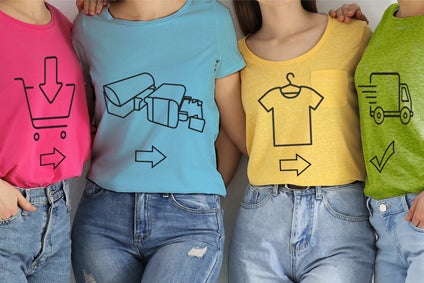
COVID-19 forces the retail industry to step up their e-commerce business.
E-commerce existed long before COVID-19 arrived. As a result of the growth of online shopping, retail shops closures began in the early 2010s, a phenomenon the U.S. media dubbed as “the retail apocalypse.“
A similar story emerged in the U.K., where the media regularly forecasts “the end of the High Street.” Some 16,000 stores shut down in the U.K. in 2019, with another 1500 expected to close by end of 2020.
E-COMMERCE – A NEW MUST FOR RETAIL
COVID-19 accelerated this phenomenon, and according to a Capgemini Research Institute survey of more than 11,000 consumers worldwide conducted in April this year, the appetite for online shopping has never been bigger, and will continue to grow once the COVID-19 emergency recedes. Nevertheless, consumers will still expect safer in-store and last-mile practices. In addition, a majority (over 53%) will look for companies that embody a sense of purpose and have strong sustainability credentials.
During the COVID-19 lockdown, the focus has been on main essentials, but reports indicate all major e-commerce categories will bounce back to even higher levels in the long-term.
This change in consumer behavior poses a challenge to the fashion industry.
ARE WE THERE YET?
Some of the large brands were not prepared for it, and caught completely by surprise. Take Primark, whose lack of e-commerce capabilities means it cannot make up the £650M in monthly net global sales typically generated by its stores. This situation is risking its position as the UK’s clothing market leader in 2020. But not all brands were caught unprepared. Zara reacted fast to the new challenge and opened their online store in early March 2020.
Today, the time lag between discovery and online purchase is a pain-point for customers who continue to expect better experiences. Companies increasingly focus on reducing this source of friction. They launch new technologies to enable a smooth and speedy transition from inspiration to acquisition.
E-commerce players today focus mainly on bridging this gap through shorter lead times, improved availability of advertised products and new technologies.
BRIDGING THE GAP
Looking for new technologies has become a key factor. The fashion industry was traditionally built on a complex and long supply chain. Now it is looking for new manufacturing methods that will enable faster adoption to consumers’ needs, and low inventory and freedom of design with no limits. If the customer does not like the product, with printing on demand no inventory is wasted. No need to guess anymore whether the collection will be successful or not. Simply print small quantities and reproduce upon demand. It prevents markdowns and massive inventory buildup.
